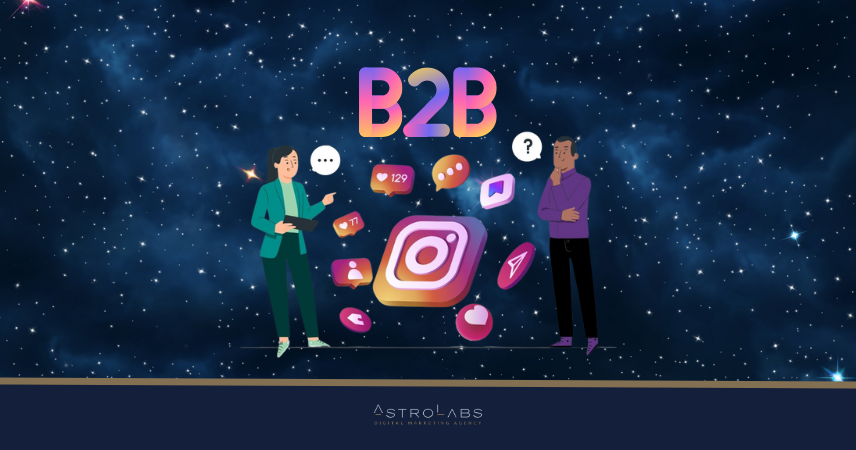As a business owner, you know the importance of having your Facebook and Instagram ads appear not only to the right audience but also at the perfect time on every channel your business has a profile on.
But these advertisements are highly competitive and it is no longer enough just to have impressive visuals or targeted word-of-mouth. It is equally necessary to target the right audience in a specific way and to optimise the bidding strategy – bidding strategy – which is essentially responsible for who, when, where and how often an advertisement of your company is shown.
Because if you use the wrong bidding strategy in your campaign, you will end up either paying a higher budget than necessary and therefore not profitable for your business, or you will reach a smaller percentage of users, thus limiting its potential.
«The right bidding strategy for an advertisement ensures that it reaches the maximum number of users and maintains the cost-per-result ratio»

Let’s start with the basics though.
What is a -bidding strategy- and how does it work?
It may seem shocking but the truth is that once you decide to make an advertisement for your business and it starts showing, you are in constant competition with similar businesses not only from your country but also worldwide!
You are constantly competing with other businesses that offer exactly the same products or services as you, to appear on Social Media in front of the eyes of users who are looking for or have a general interest in what you offer.
The conclusion is therefore simple. Facebook wants to satisfy users by showing them ads related to what they are looking for or to their interests, while at the same time taking advantage of its biggest source of revenue, which is none other than the cost of advertising that it charges to appear on its platform.

Combining all the above, it is easy to understand the logic of the “auction” that Facebook uses. Within a fraction of a second its algorithm compares a large number of parameters leading to the decision of which ad to show the user. So one of the quite important parameters is the bid – the bid – that we have set when planning our campaign.
This does not mean, of course, that the business that sets the highest bid -bid- will succeed in getting its advertising seen at that particular time, for two reasons:
- Because there are two other equally important parameters, the relevance score and the Estimated action rates
- Because Facebook wants to show the ads of all businesses in order to increase its revenue.
To make it easier to understand, let’s look at an example. Suppose there are three (3) advertising spaces available for display, but four (4) ads of different companies with the following bids:
- Business Α – 0,10€
- Business Β – 0,25€
- Business Γ – 0,25€
- Business Δ – 0,45€
Here, therefore, company A will get few impressions, companies B and C will get a good number of impressions at a cost of between 0.11€ and 0.25€, while company D will get a larger number of impressions at a cost of between 0.15€ and 0.30€. But in no case will it pay 0,45€ to have its advertisement displayed.
So the conclusion is that if your business bid is too low then you will never get a satisfactory display share while at the same time you should not be concerned about making a higher bid as in any case Facebook or Instagram will continue to charge you the minimum possible amount to display your ad.
«Configuration is necessary to find the happy medium between the control of advertising costs and the constraints it imposes.»

Facebook and Instagram therefore provide three basic bidding strategies depending on the customisation objective. You can therefore submit bids either automatically based on expenses or based on goals or manually. But let’s take a closer look at the options each strategy provides:
Submission of tenders on the basis of costs
Spend your entire budget for as many results or higher conversion value as possible.
- Lowest cost – It maximizes the visibility and number of conversions you can achieve with your budget.
- Highest value – It uses the available budget by giving priority to making conversions with the highest possible value. For example, in an e-shop selling clothes, this strategy promotes the most expensive clothes in order to maximize the value of sales.
Submission of tenders based on objectives
Define the cost/value of the conversion you want to achieve with your campaign.
- Cost cap – It keeps the average cost constant, so a cosmetics store can set the maximum cost per purchase that will ensure a satisfactory profit per order in its e-shop.
- Minimum ROAS – With the minimum return on ad spend you are aiming for a specific return on the money you spend. So for example if you have a monthly budget of 250€ and you want to return at least 550€ in purchases you should set the rate at 2.20.
Notes: The definition of the desired performance does not ensure that it will be achieved but that it will be used to parameterize the bid by the algorithm.
Manual offer
Check the amount of bids for each auction that the algorithm makes for your ads.
- Bid cap – You set the maximum bid amount for all auctions, excluding the ability for Facebook to dynamically bid on your behalf.
Notes: Use of this strategy requires expert knowledge of how conversion rates work in relation to calculating the appropriate bid amount.
In conclusion, the basic way Facebook ads work has remained constant. Your business is participating in an auction with other businesses and based on the bidding strategy you use you are trying to attract the largest possible audience and increase conversions such as purchases, form completions etc.
However, bidding strategies have evolved quite a bit in recent years, so it’s especially important to keep up to date with all the key changes to keep your business one step ahead of the competition.



